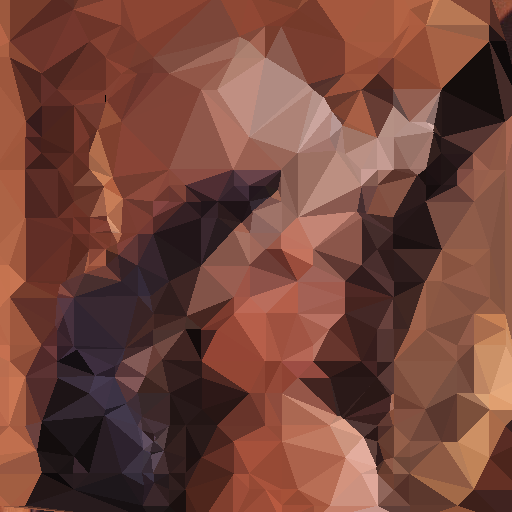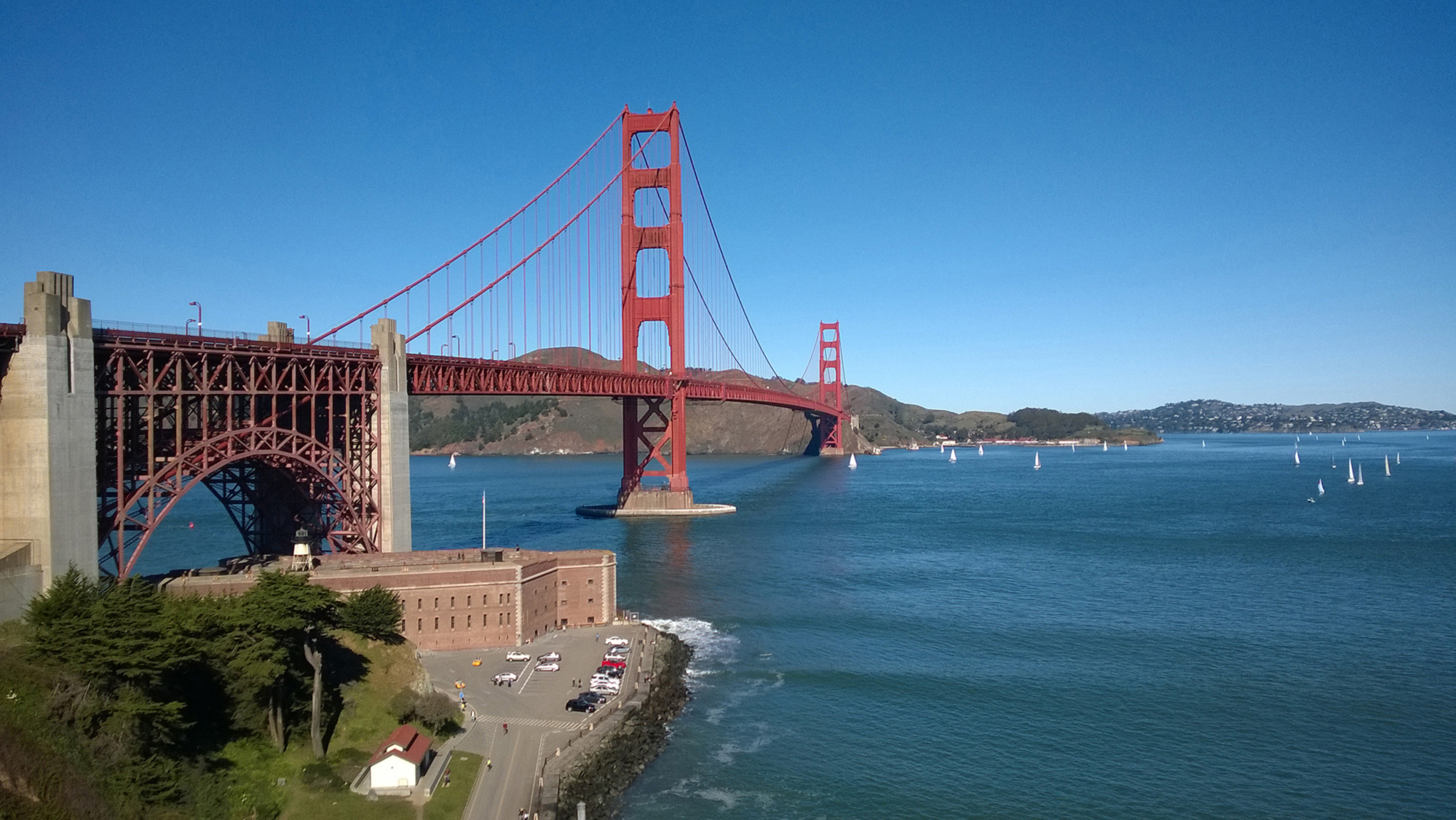This small project turns images into their low-poly versions.
PolyPy requires Python 3 to run. More specifically, Python 3.4.2 has been used during the development, but everything should be fine with other versions.
All of these should be installable via pip.
Pillow is used as a general-purpose imaging library (image manipulation, filters, drawing). SciPy hosts the Delauay triangulation algorithm used to generate the final polygons.
python poly.py examples/lena/lena.jpg
To change the internal settings related to the image generation, the code must be edited. Here is a quick overview of the available constants to modify:
| Constant name | Description | Default value |
|---|---|---|
| POINT_COUNT | Number of points to generate for the triangles | 150 |
| EDGE_THRESHOLD | Grayscale RGB value needed for a pixel to be considered as an edge | 172 |
| EDGE_RATIO | Ratio of edges pixels/generated pixels on the edges | 0.98 |
| DARKENING_FACTOR | Factor for the maximum possible darkening of pixels in the final step | 35 |
| SPEEDUP_FACTOR_X | Number of rows to skip when browsing the image for the mean color of a triangle | 1 |
| SPEEDUP_FACTOR_Y | Number of columns to skip when browsing the image for the mean color of a triangle | 1 |
| CONCURRENCY_FACTOR | Number of processes to run concurrently when collecting the pixels inside a triangle | 3 |
-
Automated calculation of constants
-
User interface. This work has been started (the current QML interface can be found in qt/), but qt5 + python3 don't seem to have any good bindings.



